About
Forward Defense conducts research and advances actionable recommendations to help the United States and its allies and partners identify the strategies, policies, and capabilities needed for a strategic forces arsenal that is fit for the current security environment. The initiative defines strategic forces broadly to include nuclear weapons, space systems, homeland missile defense, and long-range strike capabilities. The deteriorating security environment and rapidly evolving technological landscape increasingly demand a coherent analysis of how these different tools within the strategic forces toolkit can be integrated. Doing so will help Washington cope with a range of challenges, including the two-nuclear-peer problem, the prospect of adversary limited nuclear use, and the potential for adversary coercive long-range strike use on the US homeland, among other issues.
Stay updated
Sign up for updates from Forward Defense to hear the latest on trends, strategies, and military challenges shaping tomorrow.
Portfolio highlights
In-depth analysis
Quick reads
Stay connected
Meet our team
Meet our fellows
Explore the programs
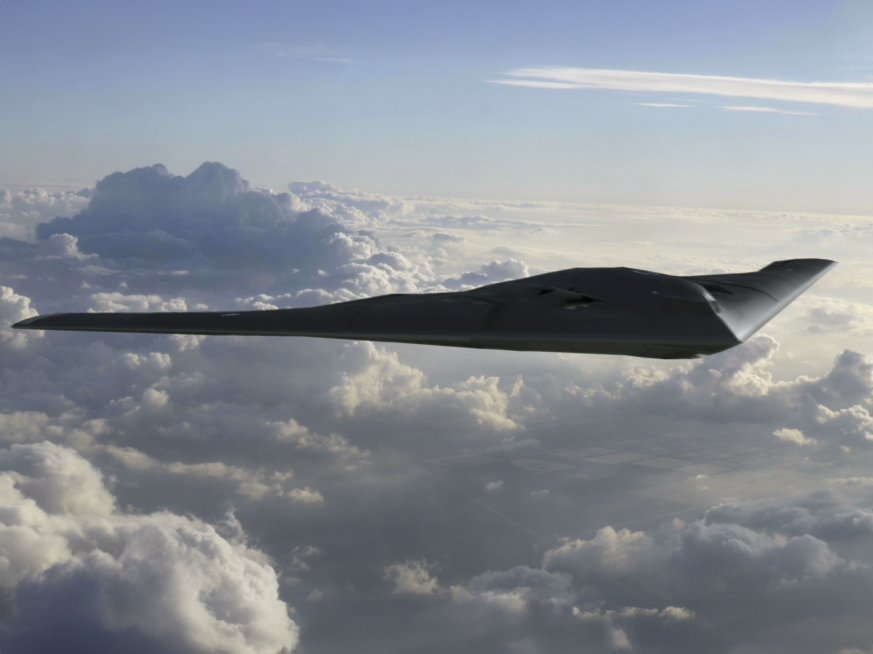
Forward Defense leads the Atlantic Council’s US and global defense programming, developing actionable recommendations for the United States and its allies and partners to compete, innovate, and navigate the rapidly evolving character of warfare. Through its work on US defense policy and force design, the military applications of advanced technology, space security, strategic deterrence, and defense industrial revitalization, it informs the strategies, policies, and capabilities that the United States will need to deter, and, if necessary, prevail in major-power conflict.

The Scowcroft Center for Strategy and Security works to develop sustainable, nonpartisan strategies to address the most important security challenges facing the United States and the world.
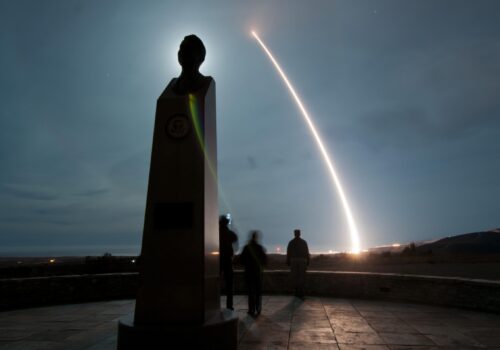
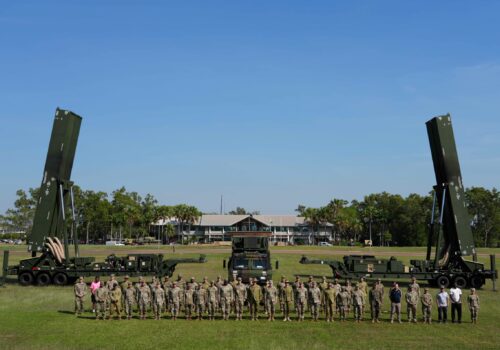
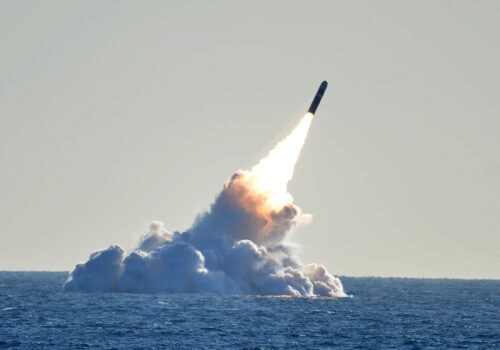
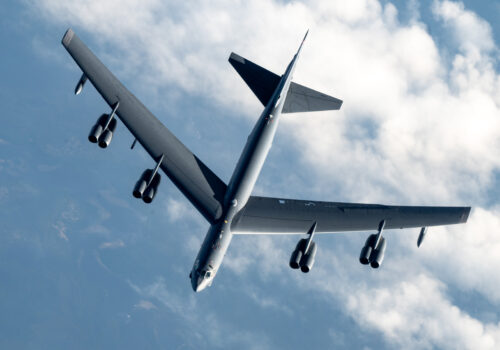
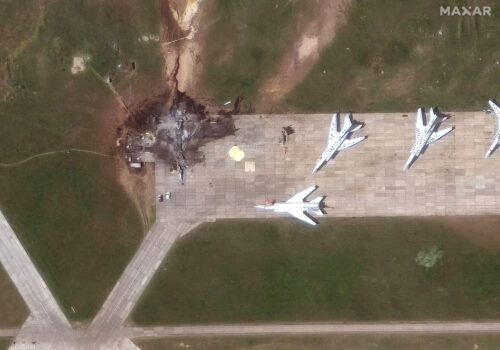
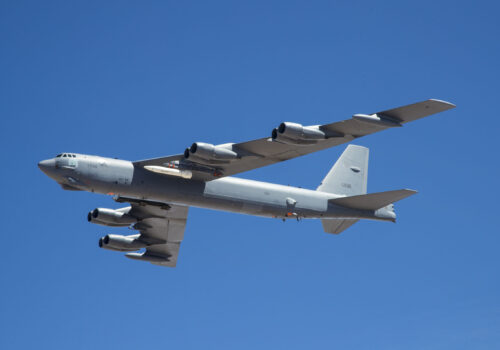
















Join the conversation with #ForwardDefense